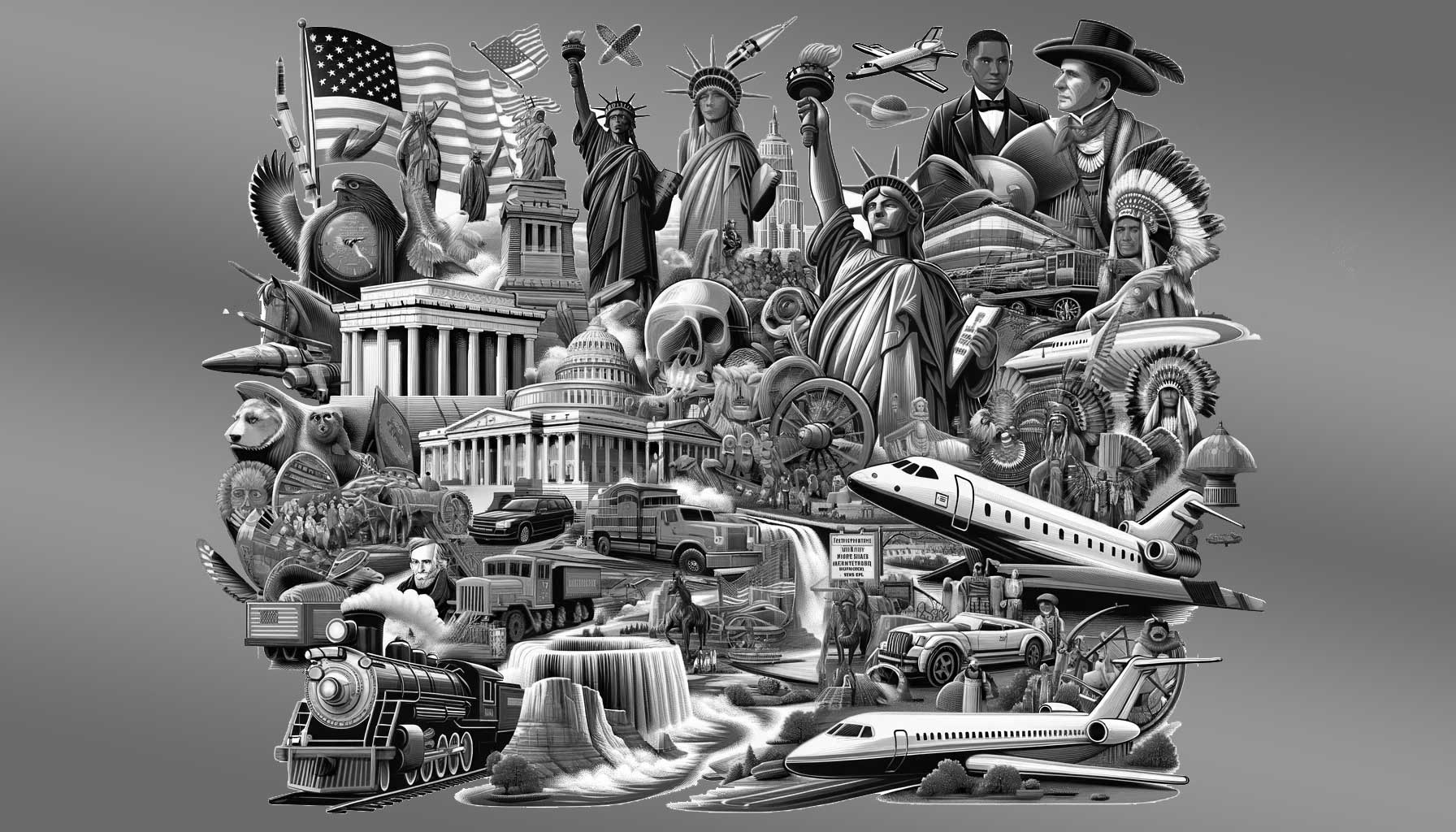Flashback to June 23
American History

On June 23, 1938, a significant event took place in the United States’ aviation history—the establishment of the Civil Aeronautics Authority (CAA). This event marked a crucial milestone in the regulation and development of civil aviation in the country. In this article, we will delve into the details of this historic event and its impact on the aviation industry.
The United States Civil Aeronautics Authority was established under the Civil Aeronautics Act of 1938. This act granted the government broad powers to regulate and control civil aviation within the United States. The CAA was tasked with overseeing various aspects of aviation, including safety regulations, air traffic control, pilot licensing, aircraft certification, and the development of the nascent industry.
One of the primary motivations for the establishment of the CAA was to address the growing concerns over aviation safety. In the early days of civil aviation, accidents were not uncommon, and there was a pressing need for a regulatory body to enhance safety standards. The CAA’s establishment aimed to create a centralized authority that could enforce regulations and ensure compliance across the industry.
By consolidating the responsibilities of several existing agencies under one umbrella organization, the CAA brought a new level of coherence and standardization to the aviation industry. This was instrumental in fostering the growth of civil aviation in the United States, as it provided a stable and regulated operating environment for both airlines and passengers.
The establishment of the CAA also played a crucial role in the development of air traffic control systems. Prior to its formation, air traffic management was largely unregulated and often relied on outdated communication methods. With the CAA’s involvement, efforts to modernize and streamline air traffic control gained momentum. The CAA introduced new technologies and procedures that significantly improved the efficiency and safety of air travel.
In addition to safety and air traffic control, the CAA also had a considerable impact on the economic aspects of civil aviation. The authority was responsible for regulating interstate airfares and preventing unfair competition among airlines. By ensuring fair pricing and healthy competition, the CAA helped to create a more equitable environment for both airlines and passengers.
Over the years, the CAA underwent various changes and reorganizations. In 1940, it was merged with the Bureau of Air Commerce to form the Civil Aeronautics Administration (CAA). Then, in 1958, the Federal Aviation Agency (FAA) took over its functions, until it became the Federal Aviation Administration (FAA) as we know it today.
The establishment of the CAA marked a turning point in the regulation and development of civil aviation in the United States. By creating a centralized authority tasked with overseeing safety, air traffic control, and economic regulation, the CAA laid the foundation for the modern aviation industry. Its efforts in enhancing safety standards and promoting efficient air travel continue to shape the industry to this day.
the establishment of the Civil Aeronautics Authority on June 23, 1938, was a significant event in the history of civil aviation in the United States. It brought much-needed regulation and standardization to the industry, enhancing safety, improving air traffic control, and promoting fair competition. The legacy of the CAA lives on in the form of its successor, the Federal Aviation Administration, which continues to play a vital role in the development and regulation of civil aviation in the United States.
We strive for accuracy. If you see something that doesn't look right, click here to contact us!
Sponsored Content

Christopher Latham Sholes patents…
On June 23, 1868,…

US Civil Aeronautics Authority…
On June 23, 1938,…

122 degrees F (50…
On 6/23/1954, Overton, Nevada…

John Jacob Astor organizes…
On June 23, 1810,…

Marineland opens near St.…
On June 23, 1938,…

U.N. inspection teams attempt…
U.N. inspection teams face…

